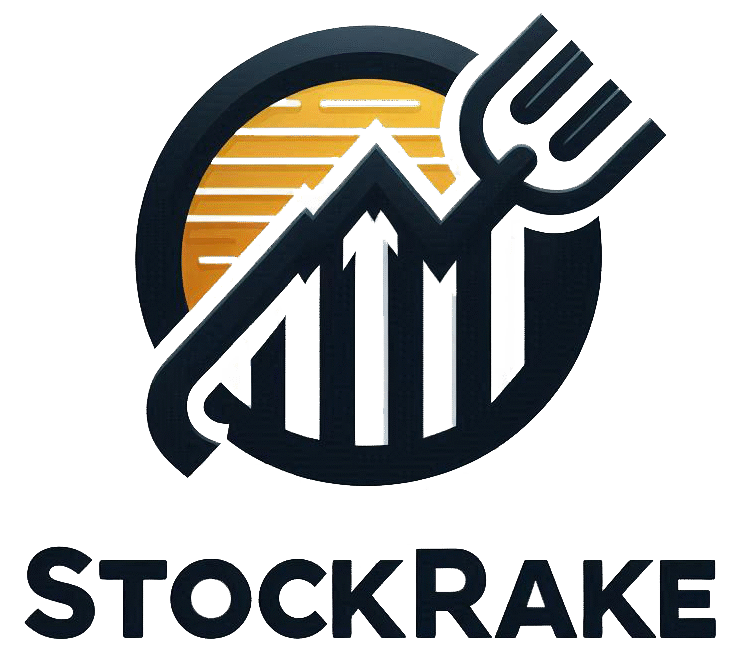Each month, the U.S. Department of Labor releases a report that gives us a quick look at the health of the job market. It shows how many jobs were added, how many people are unemployed, and whether workers are getting paid more. It’s also a handy way to check how the overall economy is doing.
If you watch financial news often, you’ve probably seen the excitement and tension around this report. It comes out on the first Friday of every month and can have a big impact on the stock market. Why? For a few reasons:
- Timing: It’s usually the first major economic report of the month and sets the tone for others.
- Detail: It offers both a close-up and wide view of employment across the country.
- Importance: It gives insight into how consumers and businesses are doing. When businesses are hiring, it usually means they’re seeing more demand. When they’re cutting jobs, it might mean the opposite.
So, What Exactly Is the Jobs Report?
The jobs report, also called the Employment Situation Summary, is published by the Bureau of Labor Statistics (BLS) at 8:30 a.m. ET on the first Friday of every month. It includes:

- The total number of jobs in the U.S. (excluding farm work)
- Average hourly wages
- Average weekly hours worked
You might also hear it called the nonfarm payrolls report — because that’s one of its key stats.
Where Does the Data Come From?
The BLS uses two big surveys to gather the numbers:
- The Establishment Survey – Collects data from about 131,000 businesses and government offices. It tracks changes in payroll jobs.
- The Household Survey – Interviews around 60,000 households to understand employment trends among different groups of people.
Together, these surveys make the jobs report the most detailed snapshot of U.S. employment you can get.

What Does the Report Tell Us?
Right at the top of the report, there’s a summary — this is the part investors and analysts pay the most attention to. It shows:

- How many jobs were added or lost
- The current unemployment rate
- Which industries gained or lost jobs
That summary includes insights from both surveys mentioned earlier.
The Household Survey Shows:
- How many people are working or actively looking for a job
- Long-term unemployment (those out of work for 27+ weeks)
- Job stats by gender and race
- How many people lost jobs permanently, got laid off temporarily, or are working part-time
The Establishment Survey Focuses On:
- Which industries are hiring or cutting jobs
- What kinds of jobs are affected
- Changes in average hourly pay
- Average weekly hours worked
It’s a lot of data — maybe more than most people need. But the tricky part isn’t reading it; it’s understanding what the numbers mean in the bigger picture.

Also Read: How Do You Build an Emergency Fund While Investing?
How to Interpret the Jobs Report

Because of its timing and depth, the jobs report often moves the markets. Sometimes the reaction is quick and fades fast. Other times, it kicks off a longer trend. Knowing how to read the signs can help you make better investment decisions.
Is It a Beat or a Miss?
Investors pay close attention to the nonfarm payrolls number — and whether it’s higher or lower than what experts predicted. A “beat” (more jobs than expected) can send stocks soaring. A “miss” (fewer jobs than expected) might drag the market down. But the reaction doesn’t always last. Sometimes the market jumps in one direction, only to correct itself later.
Spotting a Trend
Look beyond just one month. Are job numbers growing steadily? Is unemployment falling? That usually means the economy is doing well. But if job growth slows and unemployment rises, it might signal trouble ahead.
More hours worked per week is another good sign — it often means businesses are busier. They might even need to hire more workers or boost wages.
Keep an eye on which industries are adding jobs. Strong gains in areas like construction or manufacturing usually suggest a healthy economy. If those slow down, it could be a red flag.

When Good News Is Actually Bad for Stocks

More jobs = good news, right? Not always. Sometimes too much growth leads to inflation — prices going up faster than they should. When that happens, the Federal Reserve (the Fed) might raise interest rates to cool things down.
Higher rates can hurt stock prices. Why? Because:
- Businesses borrow less and invest less
- Consumers cut back on spending
- Hiring slows down
That’s why strong job growth in an already hot economy can spook investors — they worry the Fed will hike rates even more.
Also Read: What Are the Best Stock Picks from Reddit’s WallStreetBets?
Final Thoughts
The jobs report is a powerful tool for understanding where the economy is headed. But context is everything. A good report in one situation could be seen as bad news in another — especially if inflation is already high.
So, when you see those headlines on the first Friday of the month, don’t just look at the numbers. Look at the bigger picture too. That’s where the real insight lies.


